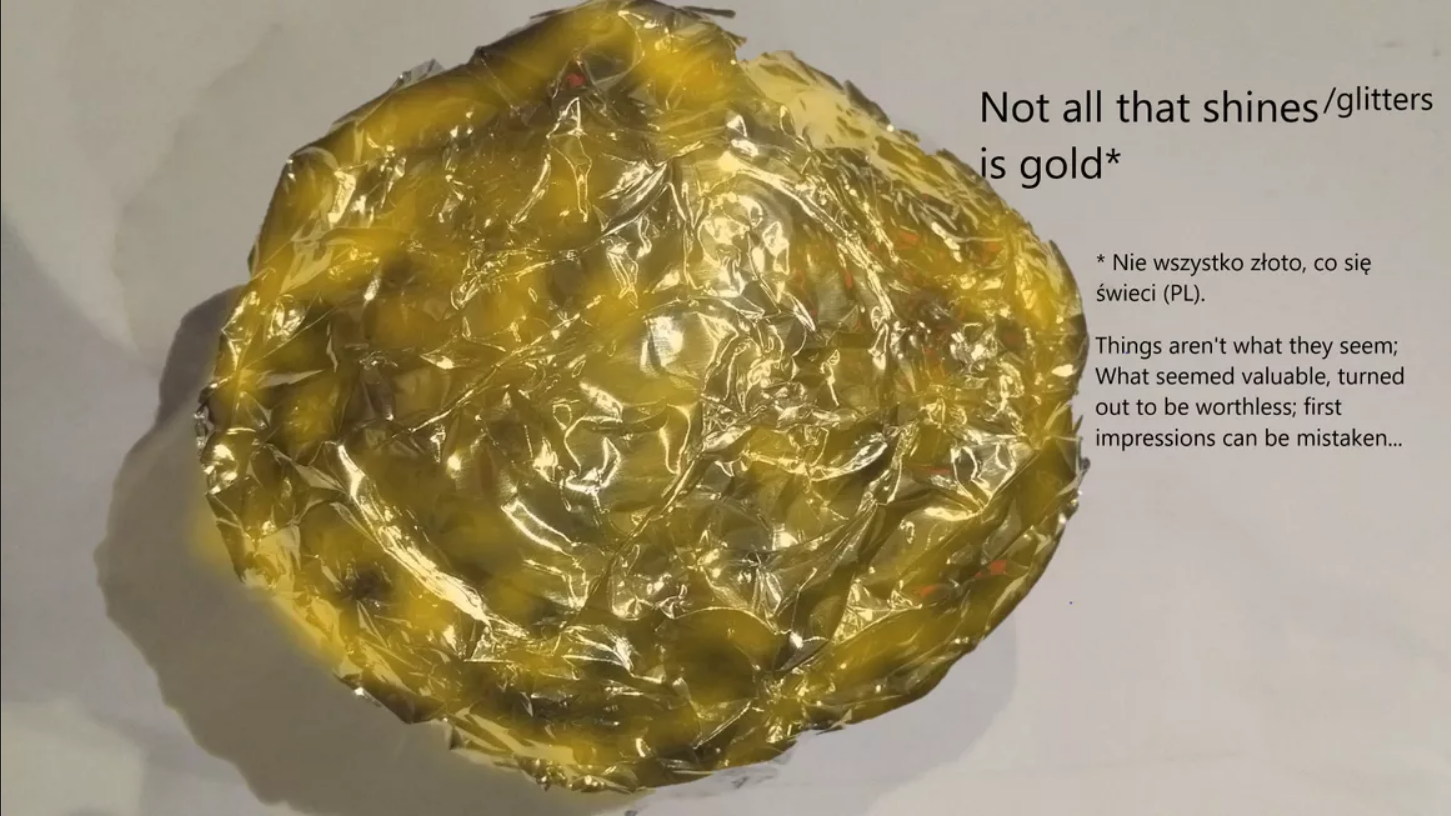From benign millennials’ staple to ‘green gold’, avocados are an increasingly contested object that embodies the conflicting values and tensions of the Anthropocene. Avocados’ popularity as a cult superfood has been rising since the late 1990s. By 2020, 11 billion pounds were being consumed annually worldwide (Ochoa Ayala, 2020), with the tropical green food becoming a staple household diet and even earning recognition on calendars: 31st July is International Avocado Day. For anyone choosing a meat-free diet, often motivated by environmental concerns, avocados are a key source of nutrients: avocados have 20 vitamins and minerals, provide fibre and protein, and are free from gluten, sodium, sugar and cholesterol.
At the same time, the explosion of demand for this water-hungry fruit has fuelled the growth of plantation-style farms that rely on considerable supplies of water, exploitative labour, soil-degrading practices, and heavy pesticide use. The negative impact of avocados’ popularity does not end there: ‘the seasonal home of migrating monarch butterflies has been cut down for more avocado farmland’ (Carnegie Museum of Natural History, 2018). Moreover, the avocado boom has also triggered gang wars for trade dominance, with ‘blood avocados’ becoming a ‘conflict commodity’ (Murray, 2021) from Mexico to Kenya (BBC, 2022).
Although physically small , the avocado helps us think through big questions and dilemmas related to the Anthropocene, opening up perspectives on time, place, and value that shape our imaginaries of global ecological futures.
Place
Mexico was the leading producer of avocados in 2019, supplying 32% of the world’s total. Other top producers are the Dominican Republic, Peru, Colombia, Indonesia, and Kenya. 2.6 billion pounds were consumed by Americans alone in 2020. France and the United Kingdom are among the leading end markets, and Scandinavian countries have the highest consumption per capita. Avocados are thus a global commodity that ties together seemingly disparate places as a great influence on local ecosystems, political power struggles, and trade dynamics – often unequal.
Time
Avocados bring together global environmental histories and futures. Like crops including maize, squash, chilli peppers, beans, vanilla and cotton, it was domesticated in the Mesoamerica region 10,000 to 5,000 years ago (Goettsch et al., 2021). Climate change is now shifting agricultural frontiers (Teranzono, 2021), and the dominance of just a few types is heightening the threat of extinction for avocados’ wild relatives (Goettsch et al., 2021). Even if everyone stopped eating avocados immediately, damage to natural environments and local communities would not disappear overnight, testifying to the fruit’s complex temporal character. More broadly, avocados point to the layering of timescales – cultural, environmental, economic – that are inherent in all environmental resources and commodities.
Value
The notion of ‘wholeness’ (‘whole foods’) underpins the avocado’s increasing value and status as a superfood object, especially in terms of ‘making whole’ non-meat diets deemed to lack protein and nutrients. Also, the choice of avocados as a protein source (rather than dairy or meat) has long been seen as an ethical and environmentally friendly option. Yet, with massive scaling-up, the avocado has gone from being supposedly benign/wholesome to having the status of the fruit of global trade (Larmer, 2018). Its ethical value has thus been reversed.
In this light, the avocado emerges as a knotty ‘Anthropocene Object’ that entwines aspects of local politics, global demands, environmental exploitation, and climate change. Ideas of time, place, value, and scale are central to understanding the complexity of this object as part of people’s lives and the global environment. Would a future without avocados be more equitable?
Questions
- Think about your favourite dishes and typical meals: do you know where the different food items come from? Do they grow locally or in a different climate? Do you know which time of the year they naturally grow in? How seasonal are they?
- Our dietary choices are directly linked to our understanding of health and well-being: what do we understand by a ‘healthy diet’? What counts as ‘healthy’, , why, and according to whom?
- In addition to dietary values, what factors should we consider when evaluating the impacts of the food that we eat? Examples include farming practices, local crops, cultural elements…
- To build more equitable futures for our planet, we need to move away from exploitation of environments and workers. How can we reconcile food demand, sustainability, and human rights at a local/regional/national scale)?
Readings
Carnegie Museum of Natural History Curatorial Team. 2018. ‘Avocad-oh-no’, Carnegie Museum of Natural History, 8 January, https://carnegiemnh.org/avocad-oh-no/
Goettsch, Bárbara, et al. 2021. ‘Extinction Risk of Mesoamerican Crop Wild Relatives’. Plants, People, Planet 3.6: 775-95. https://doi.org/10.1002/ppp3.10225
Igunza, Emmanuel. 2022. ‘Kenyan Vigilantes Taking on Avocado Gangs’, BBC News, 16 January, https://www.bbc.co.uk/news/world-africa-59989656
Larmer, Brook. 2018. ‘How the Avocado Became the Fruit of Global Trade’, New York Times, 27 March, https://www.nytimes.com/2018/03/27/magazine/the-fruit-of-global-trade-in-one-fruit-the-avocado.html
Miller, Jeff. 2020. Avocado: A Global History. London: Reaktion Books
Murray, Millie. 2021. ‘The Cartel and the Avocado’, The McGill International Review, 11 April, https://www.mironline.ca/the-cartel-and-the-avocado/
Ochoa Ayala, Manuel. 2020. ‘Avocado: The “Green Gold” Causing Environment Havoc’, World Economic Forum, 24 February, https://www.weforum.org/agenda/2020/02/avocado-environment-cost-food-mexico/
Robinson, Andy. 2021. Gold, Oil, and Avocados: A Recent History of Latin America in Sixteen Commodities. London: Melville House
Terazono, Emiko. 2021. ‘What Growing Avocados in Sicily Tells Us about Climate Change and the Future of Food’, Financial Times, 25 July, https://www.ft.com/content/977fac14-49e0-4497-a435-6581e5792201
Author: Kasia Mika
